You had to feel for the guy. He had a captive audience at the Euroshop conference in Düsseldorf this week. Delegates crowded around – those at the back standing on eager tip-toes – to catch a glimpse of the Toshiba rep demonstrating its frictionless store concept technology. Could it rival Amazon Go? Considering the technology could be quickly retrofitted, it stood to be revolutionary.
Anticipation filled the air as a woman from the crowd was invited onto the dazzlingly well-lit mock-shop to test it out. She picked up a bottle of Coke and put it in her basket. All good. The item popped up on the app in an instant. It was close to magic. Then she grabbed a detergent bottle. A pause while she waited for it to show on her in-app basket. “Ok, put it back and try again,” the Toshiba rep said. “Ok, maybe put it back again. Move it over a bit,” he added, “Ok, let’s start again.” A long wait. The rep wiped sweat from his brow. In an instant, the spell was broken. The audience started drifting away.
As the beleaguered Toshiba rep and his demonstration proves, Amazon Go technology is incredibly difficult to emulate. Several booths at Euroshop, run by the world’s best-known tech giants, had a crack – all with dubious rates of success.
Some flipped the concept by detecting the empty space on brilliant-white shelves (computer vision needs good lighting) to show an object is no longer there. Others claimed the future was RFID tags – yes, they’re back – which will inevitably come down in price far enough to make it economical to stick one on a pack of chewing gum. But none of these concepts were very convincing.
So it’s perhaps unsurprising that even Amazon is now going back to basics in its grocery ambitions. When images emerged last week of its first Amazon-branded supermarket (a separate venture to its Whole Foods Market acquisition) in Los Angeles, reports noted its “remarkably conventional” appearance. Analysts were quick to point out its lack of Amazon Go features, initially hailed as its ground-breaking point of difference.
It could be a taken as a sign that Amazon has given up on frictionless technology. After all, Go stores have been slower to open than expected and hugely expensive to implement. Plus, there have been numerous reports of technical difficulties. You couldn’t blame the giant for quitting while it was ahead.
At the same time, the Go concept is unlikely to go anywhere soon. Because Amazon has clear advantages over its competitors in this area. For starters, it can afford to sink cash into the tech thanks to huge profits in its cloud computing arm. Plus, Go stores are already amassing mountains of data, and it is volume of data that will determine the winner in this technology. Amazon Go’s tech competitors simply don’t have the real world data at their disposal.
And don’t assume the LA supermarket will be low-tech. As much as Amazon’s latest project may look like a standard store, it probably won’t act like one. Amazon will be bringing everything it’s learned about physical retail from Amazon Go stores and Whole Foods into play. Plus everything it knows about us from Amazon.com, which is a lot.
So while the sector and its tech suppliers are getting distracted by the flashy Go tech, it’s Amazon’s application of data to the supermarket format that should really be making them sweat.







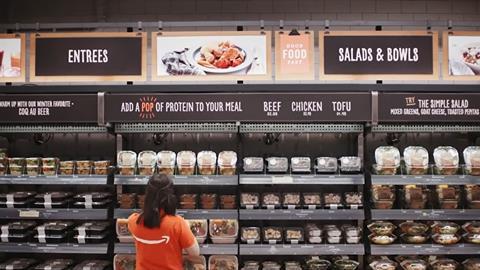

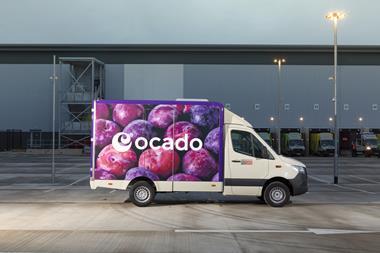

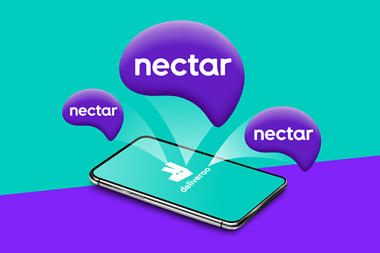


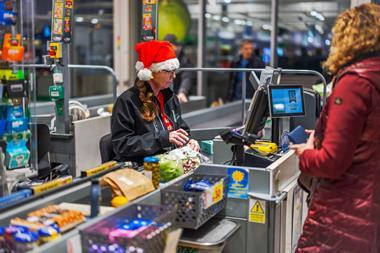




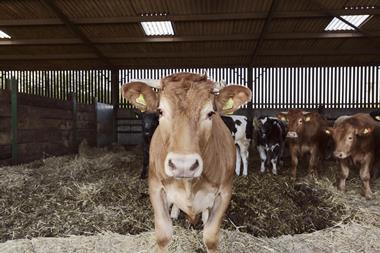
No comments yet